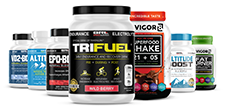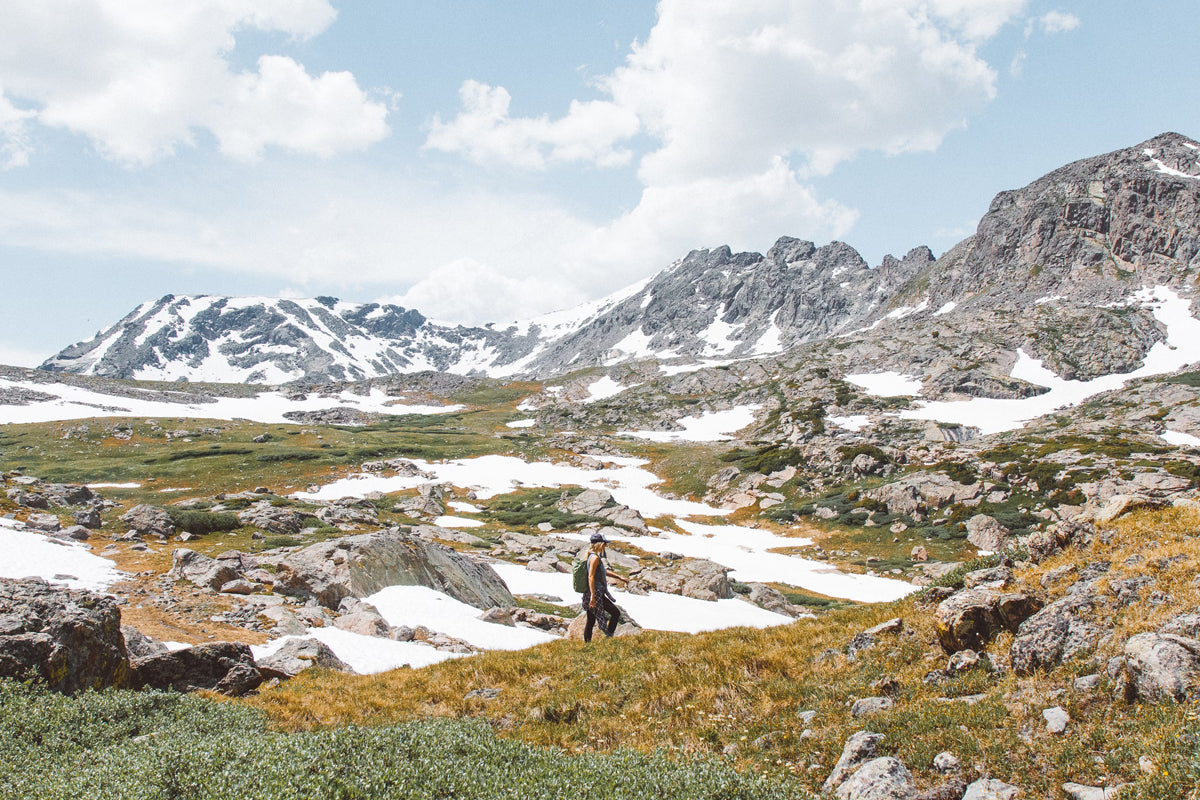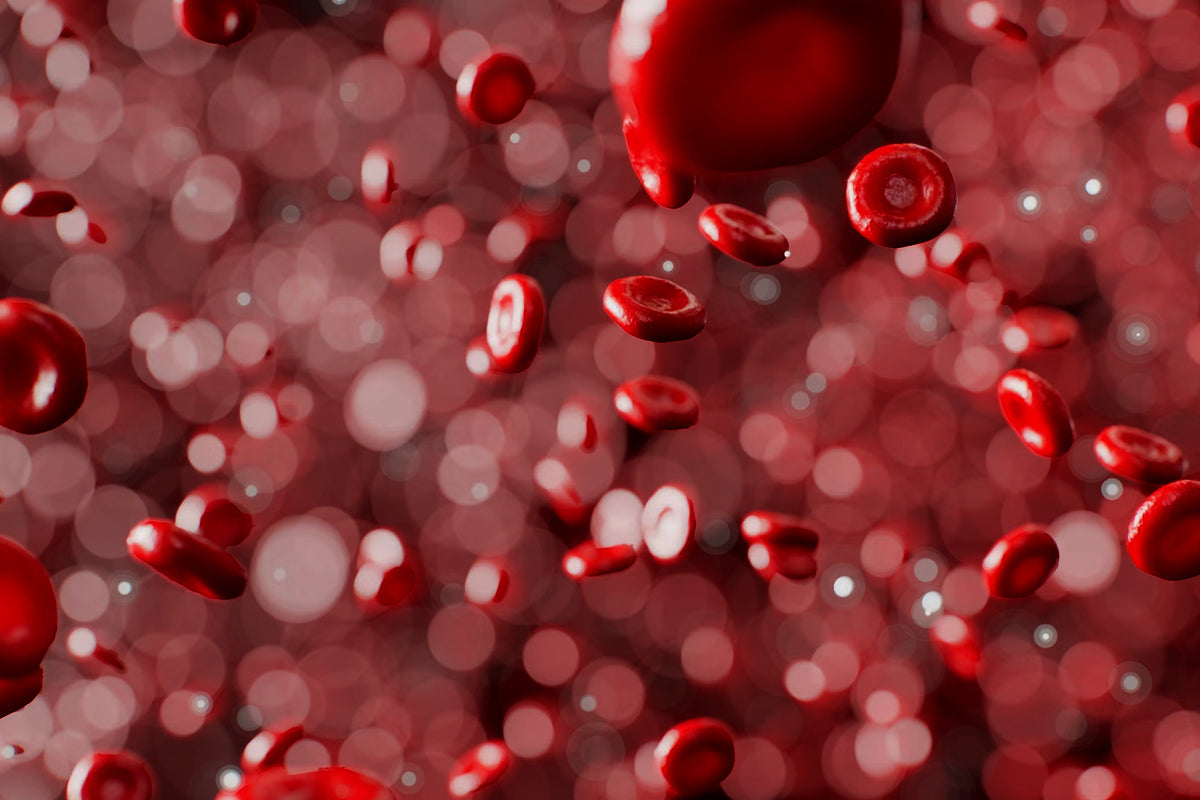7 of the Best Ways to Acclimate to High Altitude — Fast

7 of the Best Ways to Acclimate to High Altitude — Fast
Planning a sports-related trip to Denver, Colorado Springs, or other high-altitude locales? Or maybe you’re doing some international travel to Peru?
Regardless of your reason, there’s no reason to stress. Acclimatizing to high altitude can be a simple, fast process! And you don’t need to take prescription drugs or other side-effect-laden meds to acclimate, either. Here’s how it works.
- High altitude 101
- The #1 cause of altitude sickness
- What will happen to my body if it doesn’t acclimate?
- How to prevent altitude sickness
- 7 of the best ways to acclimate fast!
High Altitude 101
For most of us out there, high altitude is considered anything above 5,000 feet.
But altitude, like anything, has levels to it — in this case literally. Mountaineers usually define high altitude this way:
- High: from 8,000 to 12,000 feet
- Very high: from 12,000 to 18,000 feet
- Extremely high: 18,000 feet or higher
If you’re going to spend more than a day or two much over 5,000 feet up, it’s probably a good idea to plan ahead and avoid altitude sickness by acclimatization.
But what is altitude sickness?
The #1 cause of altitude sickness
Altitude sickness is classified as an illness, though it’s actually a normal part of the human experience for those who aren’t used to higher elevations.
Altitude sickness occurs because high-altitude air has a much different composition than sea-level air. It’s lower in oxygen and higher in carbon dioxide, which means your lungs get access to fewer molecules of oxygen per breath. [1]
It takes time for your cardiovascular system to adapt to these changes. During this adaptation period side effects are common — and these side effects are referred to as altitude sickness, acute mountain sickness (AMS), or high altitude illness.
The possibilities include mild symptoms like:
- Fatigue
- Tiredness
- Headaches
- Loss of appetite
- Shortness of breath
- Shortness of breath
What will happen to my body if it doesn’t acclimate?
In addition to the mild side effects listed above, failing to acclimate to altitude can lead to more severe health problems like high-altitude pulmonary edema (HAPE) or high-altitude cerebral edema (HACE).
High Altitude Pulmonary Edema (HAPE)
High Altitude Pulmonary Edema (HAPE) is a dangerous condition where lower oxygen levels cause fluid to build up in the lungs, preventing normal oxygen exchange. HAPE can cause coughing, severe weakness, and shortness of breath. It’s usually caused by ascending to higher altitudes too fast. Thankfully, HAPE is not common!
High Altitude Cerebral Edema (HACE)
High Altitude Cerebral Edema (HACE) is a dangerous illness caused by failure to acclimatize to altitude. While HAPE involves fluid buildup in the lungs, HACE involves fluid buildup in the brain. Thankfully, HACE is extremely rare.
How to prevent altitude sickness
Those who desire to live at, train at, or even just visit high altitude are faced with an interesting conundrum. Exposure to altitude is great for you and proven to improve athletic performance once you’re acclimated . . . yet it can also come with pesky side effects until that time comes.
The solution? Get acclimated as quickly as possible, so you can phase away from side effects and towards side benefits!
Acclimatization is the main way to prevent altitude sickness and its associated side effects. In an ideal world one could ascend to slightly higher elevations each day, much like mountaineers do when arriving at Mt Everest’s base camp.
But not all of us have this luxury — and that’s where alternative acclimatization strategies come in.
7 of the best ways to acclimate fast!
- Water
- Sleep
- Supplements
- Train high, sleep low(er)
- Avoid alcohol
- Try herbs
- Altitude Boost
1. Water
The first way to acclimate to altitude fast is also a simple one: just drink water! Be sure to drink a little more water than normal as you get acclimated. Bonus points for throwing some electrolytes into the mix. Many of the symptoms of mountain sickness mirror the symptoms of dehydration — you can often avoid them both simply by staying hydrated.
2. Sleep
Sleep is one of the most anti-stress activities of all. Getting 8+ hours of sleep per night (or better yet, getting as much sleep as your body needs) is a time-tested way to speed up your acclimatization times.
3. Train high, sleep low(er)
Speaking of sleep, it’s generally a good idea to sleep at slightly lower altitudes than you’re training at if you can. This practice is intuitive enough; you probably wouldn’t sleep at the top of the peak you just climbed when you could just as easily descend back down to shelter.
4. Avoid alcohol
Alcohol can induce both stress and dehydration, exacerbating the symptoms of altitude sickness. Avoid anything more than a glass of wine or two when you’re new to higher altitudes.
5. Supplement
Getting the nutrients you need from food is normally better than getting them from supplements. Your acclimatization period, however, is an important exception to this rule. Supplementing with adaptogenic nutrients may speed up your adaptation time (intuitive enough, right?). Vitamin C, vitamin E, and other antioxidants also have adaptogenic properties.
6. Try herbs
Herbs are among the most adaptogenic nutrients out there. Interestingly enough, many of the best herbs for acclimating to high altitude grow at high altitudes! Cordyceps Sinensis is one such example; this adaptogenic, vasodilating herb may also help you adapt to high altitudes faster. [2]
7. Altitude Boost
You could try to identify and source the top 10 high-altitude compounds on your own, sure, but there’s a far easier way to get the job done: just take Altitude Boost! Altitude Boost contains 16 nutrients designed to speed up your body’s adaptation to higher altitude.
Not only that — it may also replicate the benefits of high-altitude training even if you live at sea level! Clinical studies show that Altitude Boost’s active ingredients may cause the following altitude-like shifts:
- 7% higher VO2 max
- 9% higher hemoglobin
- 9% higher hematocrit
Active components of Altitude Boost have been demonstrated in clinical studies to increase production of hemoglobin and hematocrit by 9% on average within 7 days. Another study showed an average 7% increase in VO2 max. [3] There’s a reason Altitude Boost is the only altitude-sickness remedy on the market that has a comprehensive money-back guarantee.
Author: Thomas Wrona
Date: 4/4/2024
Sources
- High-altitude physiology and pathophysiology: Implications and relevance for intensive care medicine. Critical Care, 11(1), 203.
https://doi.org/10.1186/cc5142 - Cordyceps sp.: The Precious Mushroom for High-Altitude Maladies. Management of High Altitude Pathophysiology, 93-114.
https://doi.org/10.1016/B978-0-12-813999-8.00006-9 - BRL Sports. Altitude Boost Ingredients.
https://brlsports.com/pages/altitude-boost-ingredients
Bio
As a former pro cyclist and current writer + wellness coach, Thomas has been immersed in the endurance sports world for most of his life. He holds records as the youngest-ever winner of the Junior Tour of Ireland and a member of the US’s fastest-ever team pursuit. He’s written for global CBD companies, pioneering fitness companies, and high-performance investment funds. He doesn’t just write about these topics — he’s lived them!
Take the next step in your training regimen: Try any BRL Sports supplement risk-free! If our natural nutritional products aren’t the best you’ve ever used, simply return your purchase for a 100% refund — no questions asked!
Also in Health and Wellness Blog






